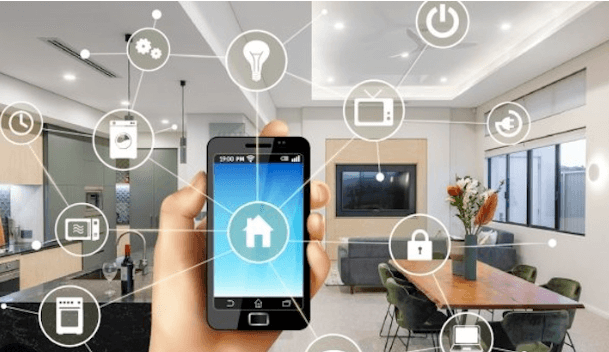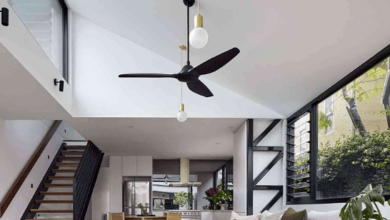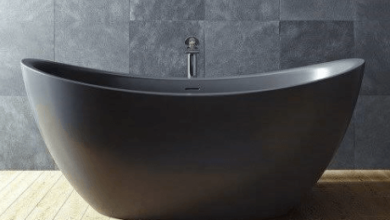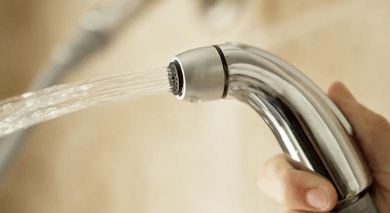How Transforming Old Accessories into Smart Home Solutions Can Save Money and the Environment

Are you tired of your old accessories cluttering your home, collecting dust, and taking up valuable space? Well, what if we told you there’s a way to save money and help the environment simultaneously? That’s right – in today’s blog post, we’ll show you how to transform those forgotten-about old accessories into ingenious smart home solutions. From outdated smartphones becoming handy remote controls to antique watches becoming stylish smart doorbells, get ready to unleash your inner tech magician and discover the amazing world of repurposing!
What are Traditional Accessories?
The Smart Home is slowly becoming a reality for many people. With devices like the Nest and August, having a functional home that can be controlled from afar is easier than ever. But what about those accessories that are always there but aren’t necessarily necessary? Here are some of the most common items we use in our homes but may not need or even want:
An alarm clock
Rather than purchasing many different alarm clocks, why not invest in a smart alarm clock that connects to your smartphone? Many options are available, both inexpensive and expensive, so it’s important to find one that fits your needs and budget. Smart alarms can connect to your calendar and reminder services, ensuring you never oversleep again.
A regular outlet cover
Many homeowners replace their old outlet covers with more earth-friendly versions every few years, but who needs a regular one? Stick with a standard cover unless you’re moving into an apartment without sockets or need an extra surge protector for travel. A regular cover uses less energy over time and helps keep your cord clutter under control. Who wants to wake up to a tangled mess next to their bed?
A night light
When was the last time you used your night light? Probably when you were little and needed someone else to turn off the light before going to bed. These days, most of us rely on artificial lighting anyway, which is great for safety but difficult to adjust to when it’s time to sleep. If you want a night light, invest in an LED that uses less energy and lasts longer.
How can Traditional Accessories be Used in a Smart Home?
Given the number of gadgets and devices that are now part of a traditional home’s smart home ecosystem, it can be easy to overlook ways that old accessories can be repurposed. Whether you’re looking to save money or reduce your environmental impact, here are five ways to transform old accessories into smart home solutions:
1. Use a sensor hub: One of the simplest ways to add smart functionality to an accessory is to use a sensor hub. These devices connect various sensors, such as temperature and humidity sensors, light switches, and locks, into one central location. This allows you to monitor and regulate these devices via one easy-to-use interface.
2. Control your lights & fans with rules: If you have a set of standard lamps & DC ceiling fans in your house, you can use app controls or connected sensors to turn them on or off automatically based on the time of day or certain behaviors, like when someone enters the room. This can save you energy and money by ensuring lamps are turned off when not needed and minimizing the strain on your battery life.
3. Automate your sound: Home theater fans will love automating their system using voice commands or connected assistant speakers like the Amazon Echo Dot. You can ask Alexa to play a favorite movie soundtrack or turn down the volume selectively throughout the house based on your location.
4. Connect appliances outside of your home: Many homeowners own appliances like refrigerators and dishwashers that they rarely use inside their homes. Connecting these appliances to your home’s Wi-Fi network allows you to remotely automate their settings and operations, saving you time and hassle.
5. Use Zigbee and Z-Wave for control: If you have older electronics that don’t support the latest smart home standards like Bluetooth® Smart or Alexa, you can still connect them to your home’s network using the cheaper but still powerful Zigbee and Z-Wave protocols. These technologies still have a sizable market share, so chances are good that your old electronics will at least partially work with a compatible smart home platform.
Options for Customizing Traditional Accessories for Smart Home Use
There are several ways to customize traditional accessories in a smart home. Some options include turning an old light switch into a smart hub, repurposing an old outlet cover into a sensor, or adding an extra outlet to your wall to power multiple devices.
You can also create smart accessories using tools like the Maker movement and software like Arduino. This allows you to control and monitor devices from a central location, saving money on wiring and creating custom solutions that meet your needs.
Conclusion
If you’re looking to save money and help the environment, there are a few smart home solutions you can consider using old accessories to create. For example, turning an old speaker into a streaming Bluetooth speaker can save space and energy in your home. Additionally, if you have an extra lamp lying around that’s not being used, you can turn it into a security light or bedside light with the help of an app like Philips Hue. By transforming old accessories into smarter home solutions, you can help conserve resources and make your home more comfortable.




